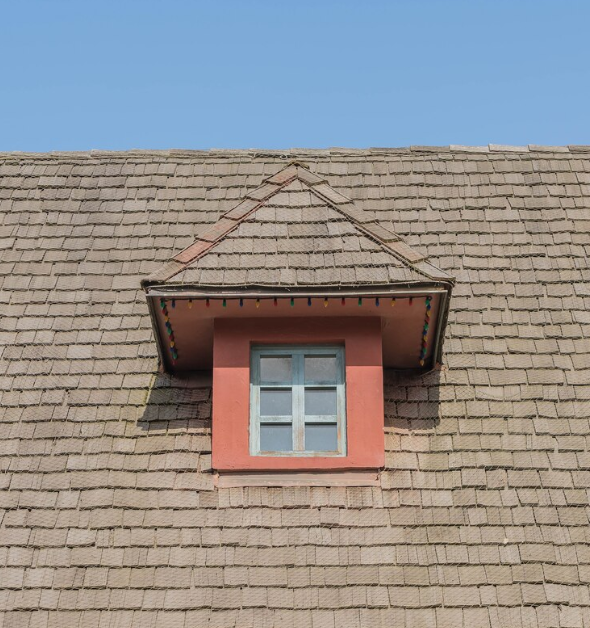For decades, commercial roof repair relied heavily on traditional methods like full replacements or extensive patching. However, the landscape is evolving. Acrylic roof coatings are emerging as a game-changer, offering a cost-effective and efficient way to restore and extend the lifespan of aging roofs. But what’s the science behind this seemingly simple solution in a bucket? Let’s delve into the fascinating world of acrylic roof coating technology.
The Building Blocks: Understanding Acrylic Polymers
The foundation of acrylic roof coatings lies in acrylic polymers. These synthetic resins offer a unique combination of properties that make them ideal for roof protection:
- Elasticity: Acrylic polymers exhibit remarkable elasticity, allowing the coating to expand and contract with temperature fluctuations. This flexibility minimizes cracking and maintains a watertight seal, even on slightly uneven surfaces.
- Adhesion: Acrylic coatings possess excellent adhesion properties, forming a strong bond with various roof materials like asphalt, metal, and concrete. This ensures long-lasting performance and minimizes the risk of peeling or delamination.
- Weather Resistance: Formulated to withstand the harsh elements, acrylic coatings offer superior resistance to UV radiation, rain, wind, and even mild chemicals. This protects the underlying roof membrane from degradation.
- Reflectivity: Many acrylic coatings boast high reflectivity, meaning they reflect sunlight away from the building. This translates to cooler roof temperatures, potentially reducing energy costs for cooling the building during hot summers.
Beyond the Basics: Additives and Formulations
While acrylic polymers form the core, additional ingredients enhance the performance and versatility of acrylic roof coatings:
- Fillers: These inert materials add body and thickness to the coating, improving its ability to fill minor cracks and gaps in the roof surface.
- Pigments: Pigments, often white or light-colored, contribute to the coating’s reflectivity, offering energy-saving benefits.
- Biocides: These additives help prevent the growth of mold, mildew, and algae on the roof surface, contributing to a longer lifespan.
- Solvents: Solvents help thin the coating for easier application and allow for faster drying times. However, advancements are being made in low-VOC (volatile organic compound) formulations to minimize environmental impact.
The Application Process: Science Meets Practicality
The science behind acrylic roof coatings extends beyond the material itself. The application process plays a vital role in ensuring optimal performance:
- Surface Preparation: A thorough cleaning and preparation of the roof surface is crucial. This removes dirt, debris, and loose materials, allowing for a strong bond between the coating and the existing roof membrane.
- Proper Application: Coating thickness is vital. Applying too little might not offer adequate protection, while too much can lead to cracking. Qualified roofers understand these nuances and apply the coating according to manufacturer specifications.
- Curing Time: Acrylic coatings require a specific curing time to achieve their full strength and water-resistant properties. Understanding and respecting this curing period is essential for optimal performance.
The Future of Acrylic Roof Coatings: Innovation and Sustainability
The science behind acrylic roof coatings is constantly evolving. Here are some exciting trends to watch:
- Self-Healing Properties: Research is underway on self-healing acrylic coatings that can automatically repair minor surface imperfections, extending the lifespan of the coating and reducing maintenance needs.
- Nanotechnology: Nanotechnology holds the potential for developing even more durable and weather-resistant acrylic coatings with enhanced adhesion and self-cleaning properties.
- Sustainable Formulations: The focus on sustainability is leading to the development of eco-friendly acrylic coatings with lower VOC content and bio-based ingredients.
Conclusion
Acrylic roof coatings are not just a simple paint solution; they are a testament to the power of material science and innovative application techniques. By understanding the science behind these coatings – from the core acrylic polymers to the various additives and application methods – we can appreciate their effectiveness in restoring and protecting commercial roofs. As the technology continues to evolve, acrylic coatings are poised to play an even greater role in sustainable and cost-effective commercial roof repair practices.










